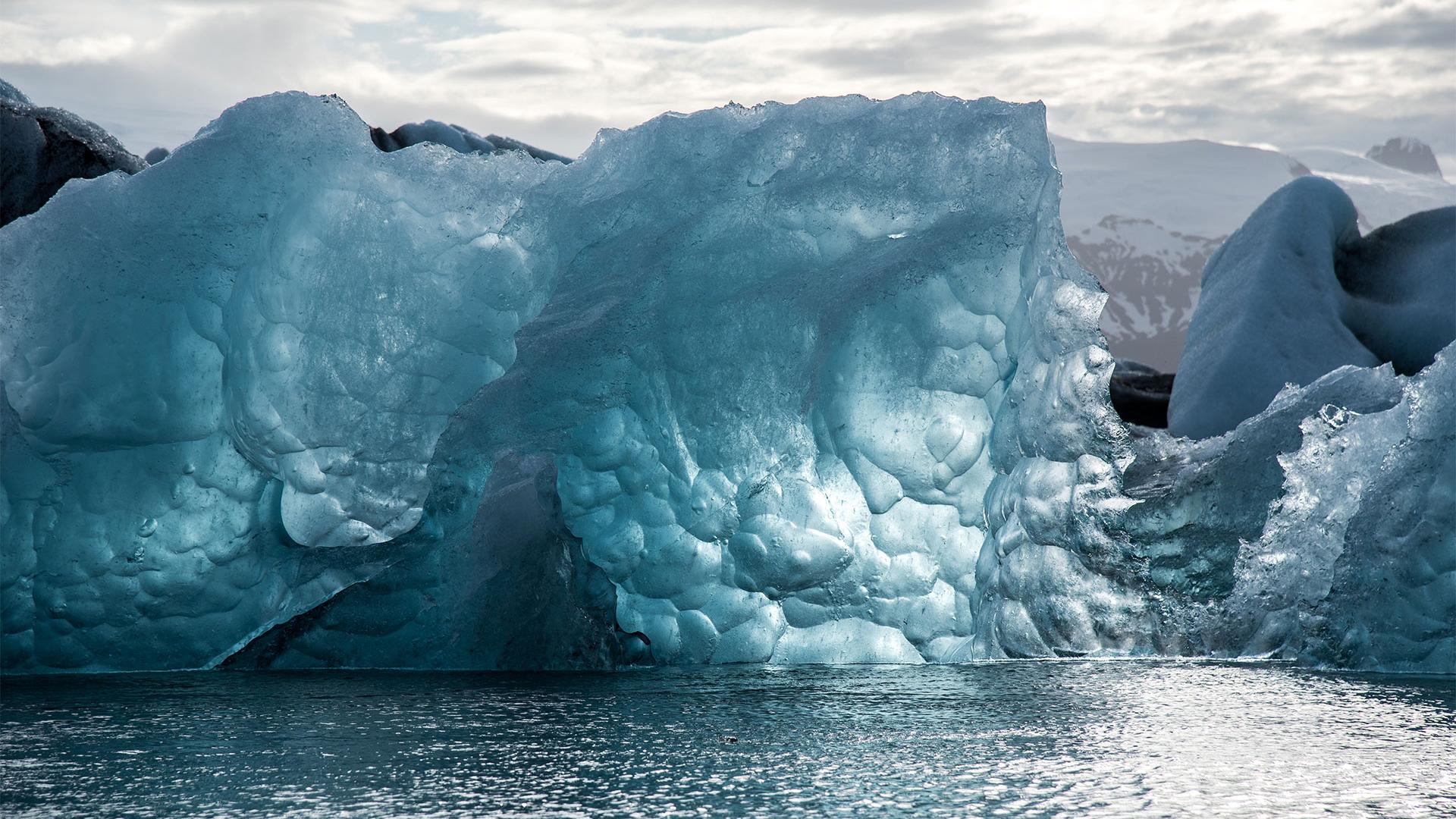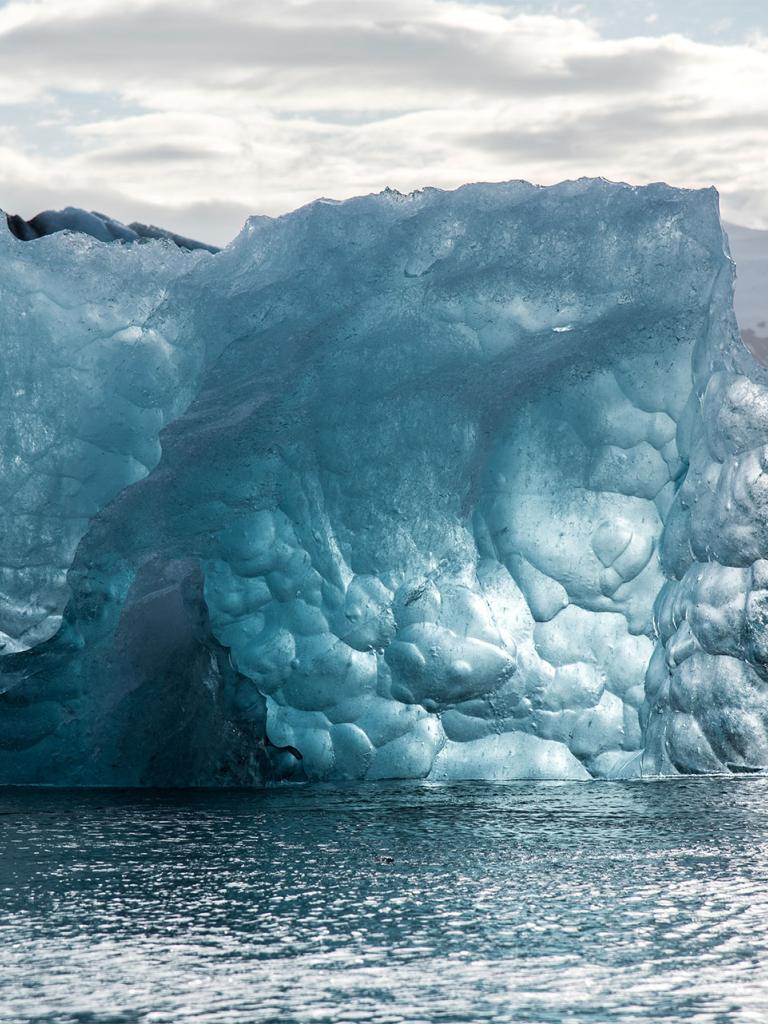Study Report(s)
Final Summary Report: Support to Microwave Scatterometer Measurements during MOSAiC
Technical document(s)
Technical Note (Data and Metadata): Support to Microwave Scatterometer Measurements during MOSAiC
Technical Note (extension): Support to Microwave Scatterometer Measurements during MOSAiC
Presentations(s)
Final Presentation: Support to Microwave Scatterometer Measurements during MOSAiC
Scharien, R. K., & Nandan, V. (2022, December). Geophysical and atmospheric controls on L-band synthetic aperture radar backscatter from sea ice: Insights from a surface-based polarimetric scatterometer. In AGU Fall Meeting Abstracts (Vol. 2022, pp. C22A-52). https://ui.adsabs.harvard.edu/abs/2022AGUFM.C22A..52S/abstract
Willatt, R., Stroeve, J., Nandan, V., Hendricks, S., Ricker, R., Tonboe, R., ... & Wilkinson, J. (2021, December). Temporal and spatial variability in Ku-and Ka-band radar interactions with snow-covered sea ice from MOSAiC: KuKa data and implications for interpretation of satellite radar altimetry data. In AGU Fall Meeting Abstracts (Vol. 2021, pp. C54A-05). https://ui.adsabs.harvard.edu/abs/2021AGUFM.C54A..05W/abstract
Scharien, R. K., Geldsetzer, T., Mead, J., Nandan, V., Mahmud, M., & Tavri, A. (2021, August). Surface-based and Fully Polarimetric L-band Frequency Scatterometer System for Field Measurements of Sea Ice. In 2021 IEEE 19th International Symposium on Antenna Technology and Applied Electromagnetics (ANTEM) (pp. 1-2). IEEE, https://ieeexplore.ieee.org/abstract/document/9518497
Willatt, R., Stroeve, J., Nandan, V., Tonboe, R., Hendricks, S., Ricker, R., ... & Wilkinson, J. (2021, April). KuKa altimeter mode data gathered during MOSAiC: scattering from snow covered sea ice and snow depth determination using dual-frequency and polarimetric approaches. In EGU General Assembly Conference Abstracts (pp. EGU21-16150), https://ui.adsabs.harvard.edu/abs/2021EGUGA..2316150W/abstract
Spreen, G., Cardellach, E., Casal, T., Demir, O., Duguay, C. R., Gabarró, C., ... & Yackel, J. (2020). Remote Sensing of Sea Ice on the MOSAiC Ice Floe., https://digital.csic.es/handle/10261/238294
Stroeve, J. C., Nandan, V., Willatt, R. C., Tonboe, R. T., Hendricks, S., Ricker, R., ... & Tsamados, M. (2020, December). Insights on Snow/Ice Radar Backscatter using the KuKa Radar during MOSAiC. In AGU Fall Meeting Abstracts (Vol. 2020, pp. C017-03),
https://ui.adsabs.harvard.edu/abs/2020AGUFMC017...03S/abstract
Willatt, R., Stroeve, J., Nandan, V., Hendricks, S., Tonboe, R. T., Huntemann, M., ... & Tsamados, M. (2020, December). Ku-and Ka-band Radar Penetration and Scattering-Altimetric Measurements over Evolving Snow and Sea Ice during MOSAiC. In AGU Fall Meeting Abstracts (Vol. 2020, pp. C014-0008), https://ui.adsabs.harvard.edu/abs/2020AGUFMC014.0008W/abstract
Nandan, V., Mallett, R., Willatt, R., Stroeve, J., Tonboe, R. T., Huntemann, M., ... & Barber, D. G. (2020, December). Ku-and Ka-band Radar Signatures Of Winter Snow-Covered Sea Ice: Observations from the 2019-2020 MOSAiC International Arctic Drift Expedition. In AGU Fall Meeting Abstracts (Vol. 2020, pp. C014-0009), https://ui.adsabs.harvard.edu/abs/2020AGUFMC014.0009N/abstract
Yackel, J., R. Scharien, C. Duguay, and G. Spreen, 2019. Canadian Scatterometers (CanScats) for snow covered sea ice process studies during MOSAiC. IGS International Symposium on Sea Ice, Winnipeg, Manitoba, 18-23 August.
Publications
Nandan, V., Willatt, R., Mallett, R., Stroeve, J., Geldsetzer, T., Scharien, R., Tonboe, R., Yackel, J., Landy, J., Clemens-Sewall, D., Jutila, A., Wagner, D. N., Krampe, D., Huntemann, M., Mahmud, M., Jensen, D., Newman, T., Hendricks, S., Spreen, G., Macfarlane, A., Schneebeli, M., Mead, J., Ricker, R., Gallagher, M., Duguay, C., Raphael, I., Polashenski, C., Tsamados, M., Matero, I., and Hoppmann, M.: Wind redistribution of snow impacts the Ka- and Ku-band radar signatures of Arctic sea ice, The Cryosphere, 17, 2211–2229, https://doi.org/10.5194/tc-17-2211-2023, 2023.
Willatt, R., Stroeve, J. C., Nandan, V., Newman, T., Mallett, R., Hendricks, S., Ricker, R., Mead, J., Itkin, P., Tonboe, R., Wagner, D. N., Spreen, G., Liston, G., Schneebeli, M., Krampe, D., Tsamados, M., Demir, O., Wilkinson, J., Jaggi, Matthias., Zhou, L., Huntemann, M., Raphael, I. A., Jutila, A., and Oggier, M.: Retrieval of snow depth on Arctic sea ice from surface-based, polarimetric, dual-frequency radar altimetry. Geophysical Research Letters, 50, e2023GL104461. https://doi.org/10.1029/2023GL104461, 2023.
Stroeve, J., Nandan, V., Willatt, R., Dadic, R., Rostosky, P., Gallagher, M., Mallett, R., Barrett, A., Hendricks, S., Tonboe, R., McCrystall, M., Serreze, M., Thielke, L., Spreen, G., Newman, T., Yackel, J., Ricker, R., Tsamados, M., Macfarlane, A., Hannula, H.-R., and Schneebeli, M.: Rain on snow (ROS) understudied in sea ice remote sensing: a multi-sensor analysis of ROS during MOSAiC (Multidisciplinary drifting Observatory for the Study of Arctic Climate), The Cryosphere, 16, 4223–4250, https://doi.org/10.5194/tc-16-4223-2022, 2022.
Stroeve, J., Nandan, V., Willatt, R., Tonboe, R., Hendricks, S., Ricker, R., Mead, J., Mallett, R., Huntemann, M., Itkin, P., Schneebeli, M., Krampe, D., Spreen, G., Wilkinson, J., Matero, I., Hoppmann, M., and Tsamados, M.:. Surface-based Ku-and Ka-band polarimetric radar for sea ice studies. The Cryosphere, 14(12), 4405-4426, https://doi.org/10.5194/tc-14-4405-2020, 2020.






